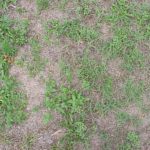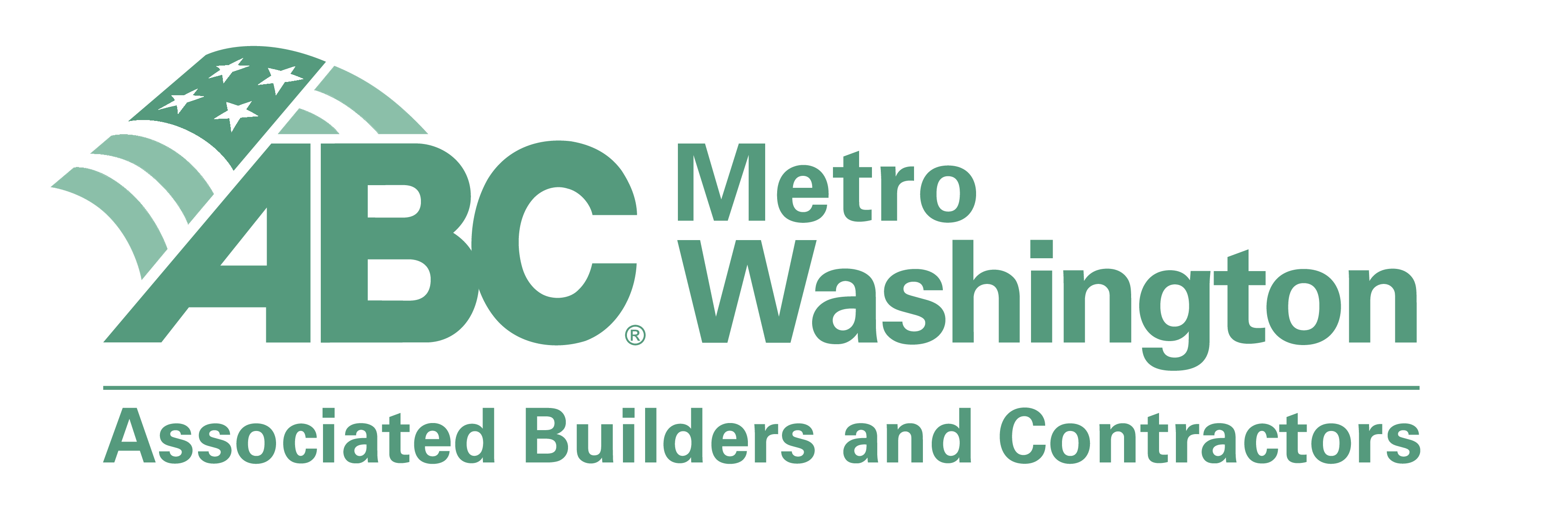Soil Testing Laying the Foundation for a Thriving Landscape
Soil provides essential nutrients, air, and water for plants, lawns, and microorganisms that make up the landscape. It is literally a living ecosystem. Keeping the landscape healthy means keeping the soil healthy too. Nutrient availability, pH balance, and organic matter content are not visible to the naked eye so the one tool we have as landscape professionals is regular soil testing. Soil testing is the equivalent of a person taking a physical exam at the doctor’s office. The results of the soil tests give us the information that is needed to customize ornamental and turf care programs that ensure each unique landscape is the healthiest and strongest it can be.
Signs It’s Time for a Soil Test
A sure sign it’s time for soil testing is if you can’t remember the last time you had a soil test performed on your property. Soil tests should happen no less than once every three years but could be done more frequently in extreme cases. If there hasn’t been one recently, it’s the first place to start.
Another sure sign soil testing should be done is if, despite a robust fertility plan, plants look stressed or in a state of decline or lawn areas are thin and discolored. These are often signs that there is an underlying soil issue. Excessive weeds are another sign that there is a soil issue. Weeds have adapted to grow in less than ideal conditions so high weed populations can indicate compaction, nutrient deficiency, or drainage problems.



How Soil Tests are Performed
Soil testing is a simple process and can be done with little disturbance to existing ornamental plants and lawns. A small tool called a soil probe is used to pull plugs of soil from an existing landscape. Several samples from each area should be taken to get a more accurate representation of the soil condition. A good rule of thumb is 10 samples per area. Lawn areas should be kept separate from samples pulled from planting beds. Lawns are usually on a vigilant fertility program and are also treated at least once for weeds. Green space is also subject to compaction from foot traffic that is less common in planting beds. The soil samples are sent to state-approved labs for testing and about two weeks later, results can be provided that show everything from nutrient content. organic matter, drainage, pH, and more. With our “bill of health,” we adapt weed control, soil amendment, and fertilization programs to what is missing or make the most of what is naturally present in the soil.

What Soil Testing Tells Us
Soil testing results tell us about the structure of the soil, the amount of organic matter and nutrients that are available, and what things are out of balance and causing the signs of distress that we see above the ground. Unhealthy or out of balance, it will show in the appearance of all of the plants and lawns.

One of the most important indicators of soil health is pH. pH is a measurement of how acidic soil is. Measurements range from 0 – 14 with 0 being extremely acidic (think vinegar) and 14 being extremely basic (like chalk). Lawns prefer a pH in the 6.8-7.2 range. pH measurements that are outside of that range can make nutrients unavailable. That means no matter how much fertilizer is applied, it’s not available to be absorbed into the roots and used by the plants and lawn. If the status quo fertility program continues with no modification to the pH, it’s just money being wasted.
Organic matter and nutrient content are also shown in soil testing results. Many times, tests show that there are already adequate nutrients present in the soil and that they are just unavailable due to pH readings. Occasionally, soils will lack key nutrients like Nitrogen, Phosphorus, or Potassium. A fertilizer formulation and application rate to correct these results are typically provided as part of the analysis.
Soil structure tests identify what proportions of sand, loam, and clay are in the soil. When soils are mostly sand, they are usually quick to drain and sometimes hold fewer nutrients for long periods of time. When a high percentage of clay is present, soils are heavier, more dense, and likely to stay saturated. In both cases, organic soil amendments like compost can help to improve soils and make them more balanced.
The landscape’s source of nutrients is the soil in which it grows. Knowing the composition, nutrient content and pH of that soil is key to an effective, environmentally responsible and financially manageable landscape care program. If you are ready to improve your landscape’s health, call today.






